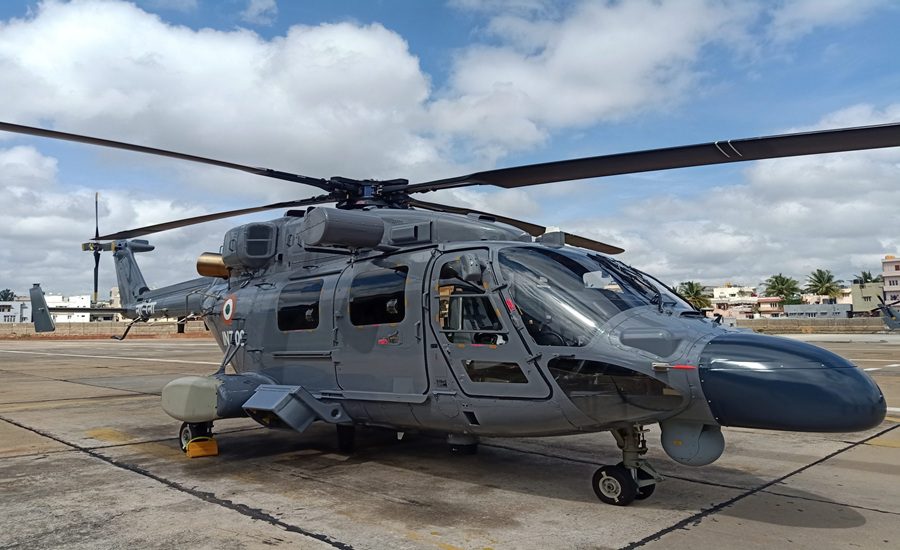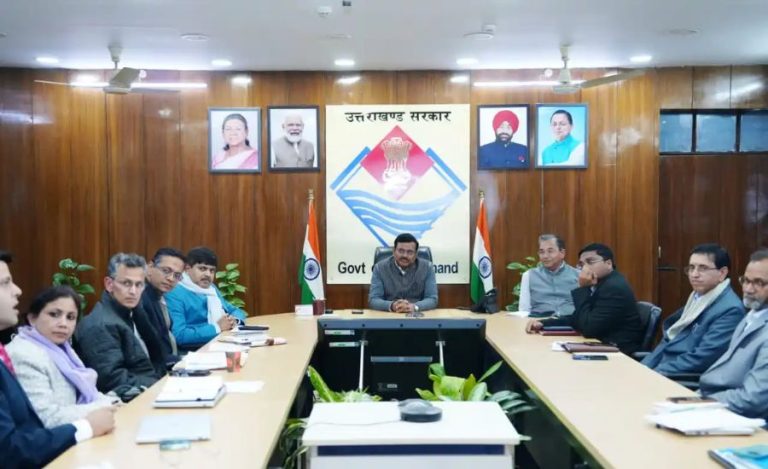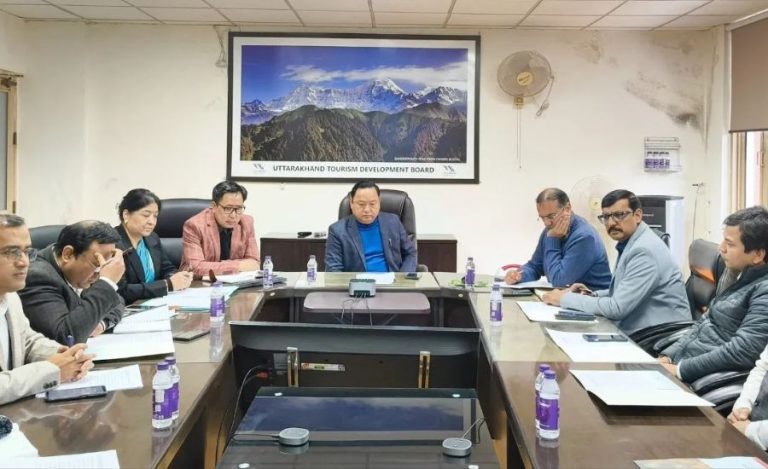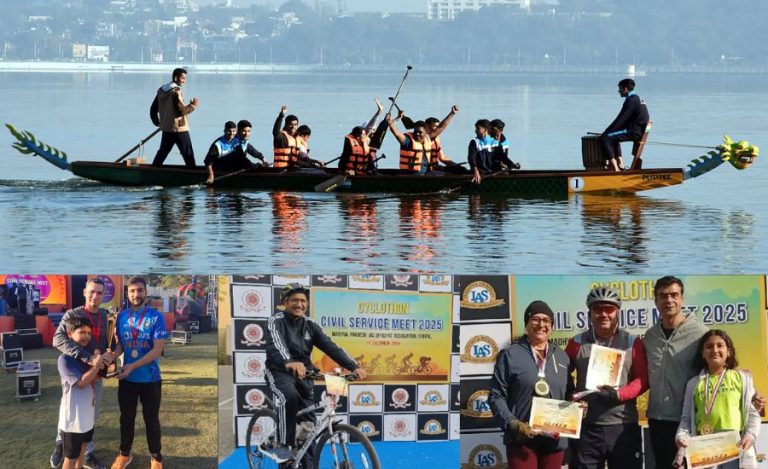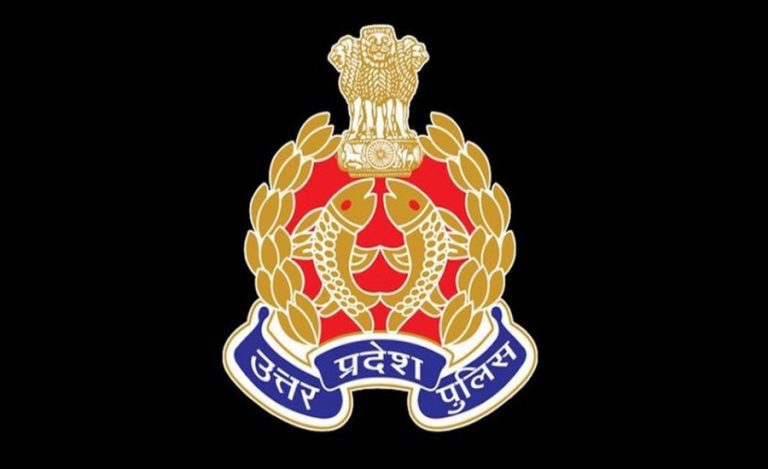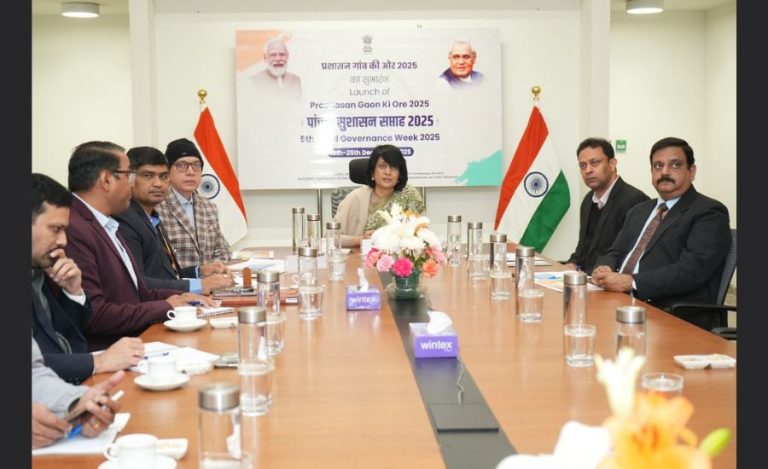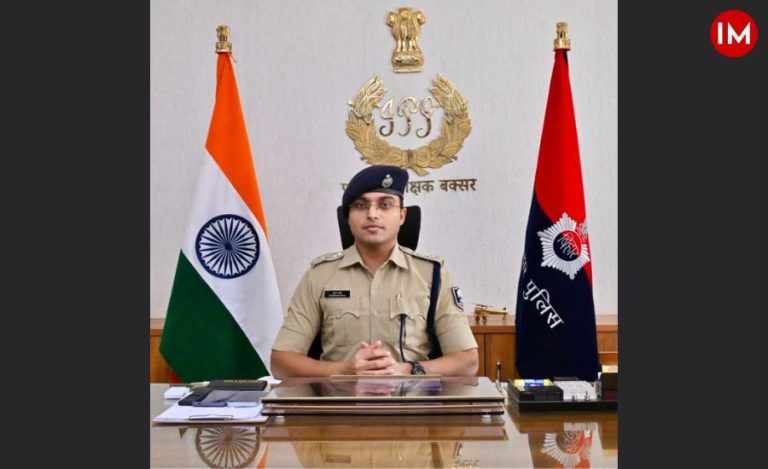Visakhapatnam/New Delhi: Hindustan Aeronautics Limited (HAL) has carried out a rigorous two-week test campaign on the Indian Navy and Coast Guard’s grounded fleet of Dhruv Advanced Light Helicopters (ALH). Conducted off the coast of Visakhapatnam in August 2025, the trials aim to identify and fix recurring defects that have kept the maritime Dhruvs out of service for over seven months.
The grounding followed a fatal crash of a Coast Guard ALH near Porbandar, Gujarat, on January 5, 2025. Since then, the Navy and Coast Guard’s Dhruv fleet has remained under investigation, unlike their Army and Air Force counterparts which were cleared for flight in May after safety checks.
Focus on Integrated Dynamic System Failures
The latest tests involved flying specially instrumented Dhruvs from both the Navy and Coast Guard. Fitted with advanced sensors and gauges, the helicopters were monitored for stress loads across the transmission system, gearbox, rotor hub, and swashplate assembly.
By operating from warships in saline maritime conditions, HAL sought to replicate the demanding stresses faced by naval aviation to build a complete data profile for defect analysis.
Defect Investigation Underway
The campaign is part of an ongoing probe led by a Defect Investigation Committee (DIC), comprising HAL, the Centre for Military Airworthiness and Certification (CEMILAC), and the Directorate General of Aeronautical Quality Assurance.
Earlier, the Indian Institute of Science (IISc) had conducted fatigue testing on the swashplate assembly—a component suspected to have caused the January crash through a sudden control failure.
The Rotary Wing Research & Design Centre is now analysing the new data, with findings expected to be submitted by the end of August.
Recurring Swashplate Concerns in Maritime Dhruvs
The Navy and Coast Guard operate around 30 Dhruv ALHs, which have repeatedly faced cracks in the swashplate assembly. Experts attribute the issue to harsh maritime operating environments, unlike the relatively safer inland conditions faced by Army and Air Force fleets.
The naval Dhruvs have also been linked to multiple accidents in recent years, intensifying concerns over their airworthiness and suitability for sustained maritime operations.
Path to Re-Certification
The fleet will only return to service after the defect committee finalises its recommendations and corrective measures are implemented. HAL’s Visakhapatnam trials mark a critical phase in restoring the helicopters’ operational safety and the Navy’s confidence in their reliability.
A successful resolution is seen as vital to ensuring that the Dhruv ALH, a key indigenous rotorcraft platform, remains a dependable asset for India’s maritime forces operating in some of the most demanding environments.
Also Read: HAL Plays Crucial Role in Successful Launch of ISRO-NASA Joint Satellite NISAR Aboard GSLV-F16

